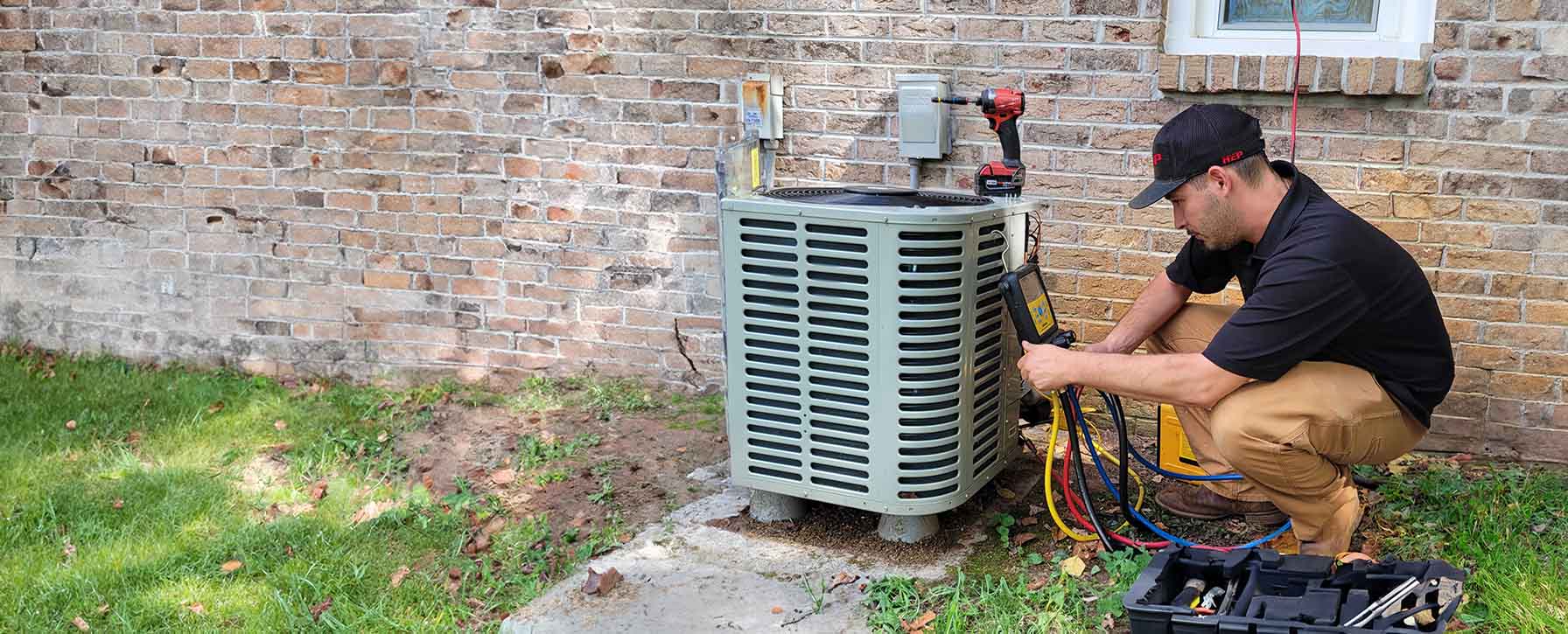

Indoor Air Quality
Your trusted partner for professional home services. Quality workmanship, guaranteed satisfaction.




- HEP
- Indoor Air Quality
Indoor Air Quality | Ventilation and Air Quality | Heating and Air Conditioning | Allardt
Breathe easy in Allardt with HEP’s trusted team on your side. Whether you’re battling lingering odors, stubborn humidity, or seasonal allergens, our specialists fine-tune your heating and cooling equipment to deliver fresher, cleaner air—room after room, season after season. From high-efficiency air purifiers and UV lights to balanced duct design, every service is tailored to your home’s unique footprint, energy goals, and comfort quirks.
Most homeowners only think about the thermostat, but temperature is just one piece of the puzzle; proper ventilation and air quality make the real difference between “just okay” and “wow, that’s crisp!” Let us inspect, maintain, and upgrade your system so you can enjoy lower energy bills, fewer airborne irritants, and a healthier living space for the people who matter most. Schedule your indoor air assessment today and discover why your neighbors call HEP the clean-air champions of Allardt.
FAQs
Why is indoor air quality a big concern for homeowners in Allardt’s humid climate?
Allardt’s warm, humid summers and relatively mild winters create an environment where pollen, mold spores, and excess moisture thrive. When these contaminants infiltrate a sealed, energy-efficient home, they can aggravate allergies, trigger asthma, promote mold growth, and even reduce HVAC efficiency. Good indoor air quality (IAQ) practices—filtration, ventilation, and humidity control—are therefore essential for maintaining both personal health and the longevity of your heating and cooling equipment.
What products and services can your team provide to improve indoor air quality?
We offer a full suite of IAQ solutions tailored to Allardt homes: (1) high-MERV or HEPA media filters that trap fine dust and pollen; (2) whole-house dehumidifiers and humidifiers to keep relative humidity in the ideal 30–50 % range year-round; (3) energy-recovery ventilators (ERVs) that bring in fresh outdoor air while retaining conditioned energy; (4) UV-C germicidal lamps installed in the air handler to neutralize mold and bacteria; and (5) electronic or activated-carbon air purifiers that capture odors and chemical vapors. We also provide duct sealing and cleaning to eliminate hidden sources of contaminants.
How often should I replace or clean my HVAC filter to keep air quality high?
For the average Allardt household, we recommend checking your filter every 30 days and replacing it at least every 60–90 days. Homes with pets, smokers, or allergy sufferers may need monthly replacements, especially during peak pollen seasons (spring and late summer). High-efficiency filters (MERV 11–13) can load up faster, so visual inspections are key. A clogged filter restricts airflow, forcing the system to work harder, raising utility bills, and circulating more pollutants.
Can Allardt’s humidity levels really impact my HVAC system and indoor air quality?
Absolutely. Outdoor humidity often exceeds 70 % in summer. If indoor RH stays above 55 %, occupants may feel sticky even at lower temperatures, prompting thermostat setbacks that waste energy. High humidity also encourages dust-mite populations and mold growth in ducts, walls, and furniture. Conversely, winter RH can fall below 30 %, causing dry skin and respiratory irritation. Installing whole-house dehumidifiers, proper condensate drainage, and variable-speed AC equipment helps regulate moisture, improves comfort, and protects wood furnishings and structural components.
What signs indicate I might need better ventilation in my home?
Common red flags include lingering odors (from cooking, painting, or cleaning products), condensation or mildew on window panes, stuffy or stagnant rooms, noticeable spikes in allergy or asthma symptoms, and persistent dust buildup even after cleaning. Homes built or remodeled in the last 20 years are especially airtight; without a dedicated supply of fresh air—such as an ERV or smart exhaust system—pollutant concentrations can become two to five times higher than outdoors.
Do UV lights and air purifiers really help reduce allergens, viruses, and bacteria?
When correctly sized and installed, germicidal UV-C lamps can inactivate up to 99 % of microorganisms that pass over the coil or sit on coil surfaces, preventing biological growth that can circulate through the ductwork. Pairing UV with a high-efficiency filter or an electronic air cleaner captures the now-neutralized particles, delivering a one-two punch against allergens, cold and flu viruses, and musty odors. While no single device guarantees a sterile environment, combining filtration, UV, and balanced ventilation significantly lowers airborne contaminant levels and complements regular cleaning and maintenance.